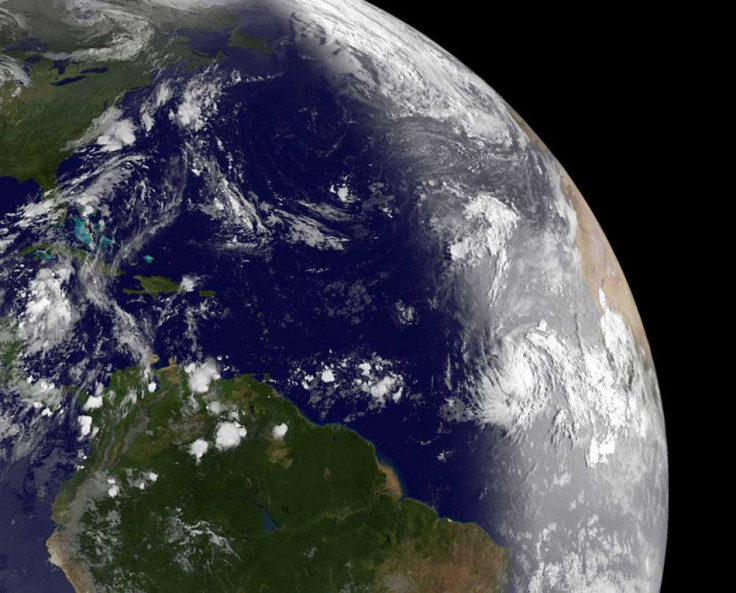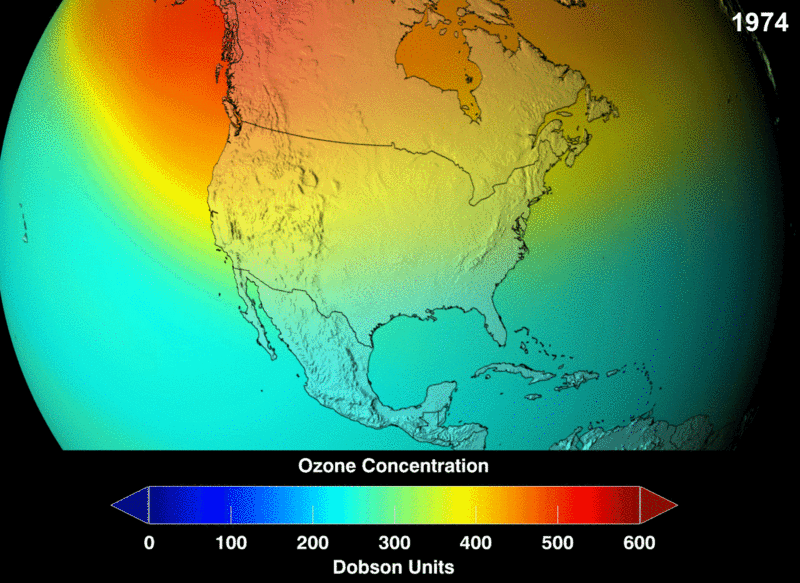Four New Ozone-Destroying Gases Discovered in Atmosphere Despite Montreal Protocol Ban

A study has revealed four new man made ozone-depleting gases in the atmosphere, despite a ban on such gases implemented in 1987.
The gases consist of three chlorofluorocarbons and one hydrochlorofluorocarbon. Researchers from the University of East Anglia have said loopholes in the Montreal Protocol, which called for a ban of ozone-destroying gases by 2010.
The source of the gases emitted is unknown. Scientists collected air samples that were trapped in Tasmania between 1978 and 2012, as well as deep, unconsolidated snow in Greenland.
It is the first time since the 1990s that new substances causing damage to our planet's stratospheric shield have been found.
Dr Johannes Laube, lead researcher of the UEA team, told the journal Nature Geoscience: "Our research has shown four gases that were not around in the atmosphere at all until the 1960s, which suggests they are man-made."
The team added: "The identification of these four new gases is very worrying as they will contribute to the destruction of the ozone layer.

"We don't know where the new gases are being emitted from, and this should be investigated."
However, the researchers said possible sources for the gases include chemicals used in insecticides, as well as solvents for cleaning electronic components. The difference in concentrations between the samples revealed the dominant source was in the industrialised areas of the Northern Hemisphere.
Laube told the Guardian: "There are definitely more out there. We have already picked up dozens more. They might well add up to dangerous levels, especially if we keep finding more."
Chlorofluorocarbons (CFCs) are a group which includes chemicals found in air-conditioning, refrigerators and aerosol spray cans. Such substances are banned under the Montreal Protocol.
Hydrochlorofluorocarbons (HCFC) are a group of compounds which replaced CFCs but are currently being phased out.
The team said in a statement: "The reported emissions are clearly contrary to the intentions behind the Montreal Protocol, and raise questions about the sources of these gases."
Over 74,000 tonnes of the newly-discovered gases had gathered in the atmosphere by 2012. In comparison to the one million tonne emissions of CFCs in the 1980s, it is still a relatively small figure.
Previously, seven types of CFC and six of HCFC were known to contribute to ozone destruction. CFCs are the main cause of the hole in the ozone layer over Antarctica, yet they were phased out from 1989 and banned in 2010.
HCFCs are less ozone-damaging but contribute to climate change by trapping more of the Sun's heat in the atmosphere.
The ozone layer protects life by filtering out ultraviolet rays which causes skin cancer and damages vegetation. It consists of triple-atom oxygen molecules that are spread thinly across the stratosphere.
Laube told AFP that the ozone layer stopped thinning from the late 1990s and had shown signs of recovery: "As many ODSs (ozone-depleting substances), and especially CFCs, take a long time to break down once released into the atmosphere, it will be many decades until it will fully recover."
He added: "Provided we do not have further unpleasant surprises."
Prof Piers Forster, from the University of Leeds, told the BBC: "This paper highlights that ozone depletion is not yet yesterday's story. The concentrations found in this study are tiny. Nevertheless, this paper reminds us we need to be vigilant and continually monitor the atmosphere for even small amounts of these gases creeping up, either through accidental or unplanned emissions."
© Copyright IBTimes 2025. All rights reserved.






















